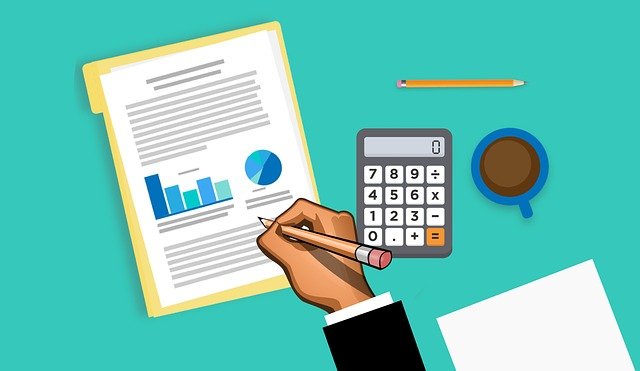As technology growth intensifies, the way of doing business is changing fast globally. Employers are hiring workers who can learn fast, adapt quickly to their new roles, and be highly skilled in solving problems at work.
The CCAT Aptitude Test helps employers hire workers with the right personality and cognitive skills. The fifteen-minute test consists of fifty questions divided into three sections. Statistics from the more than five million tests administered by employers show that only a few people manage to do all the fifty questions.
Table of Contents
What format does the CCAT test use?
In total, a candidate is expected to answer fifty questions within fifteen minutes but only a few test-takers manage to do all. Most candidates who take the CCAT practice test free during preparation manage to do most of the questions because they have a prior understanding of the test structure and the type of questions to expect.
The fifty questions are divided into three sections and each section contains questions that test specific skills. The first section contains the verbal reasoning questions and has a total of twenty-two questions. The next section has seventeen questions that test a candidate’s numerical skills and the final section has eleven questions that test spatial reasoning skills.
A test taker should try their best to answer at least some questions in each section to help the employer measure their skills in each test area. If they only manage to answer, for example, the first twenty-two questions, the employer will only measure their verbal reasoning skills and not get a chance to measure their numerical and spatial reasoning. The candidate will have minimized their chances of getting hired.
Goals for the CCAT test
The reason why employers give the test is to be sure they are hiring the right candidate that can adapt fast to today’s work environment. It helps bring out the candidate’s skills in four main areas before employment.
Critical thinking
Critical thinking is an evolving concept and each business field may define it in its unique way that fits their needs. The general description of the term is a disciplined intellectual process that helps an individual to study a situation, think about its consequences and possible solutions fast.
During the thinking process, an individual must use their inborn skills combined with their education and experience to conceptualize, apply, analyze, synthesize, and evaluate information. This information is gathered in several ways such as reflection, communicating, observing, or experiencing. The individual must be skilled enough to use all this information to come to a conclusion acceptable to the concerned parties and offer the most relevant action.
Problem-solving
An individual who is naturally skilled in solving problems can identify, define, and generate an alternative option to a problem. Because the problem will be work-related and it can affect the business negatively, the concerned worker must have skills to evaluate the problem fast, give an alternative solution quickly, and follow up to make sure it is implemented without any hindrances.
Fast learning ability
Every business has its unique work ethics, goals, and culture that help it achieve its vision and mission. If a candidate had been working in another business that has its unique culture, it might not fit in the new workplace no matter how good the culture was.
They must have inborn skills that enable them to fit fast in the new work culture and learn the new work style, ethics, and goals. Fast learning skills require a candidate to be highly adaptable to the new work environment, learn new skills, and constantly update themselves with new business technologies.
Ability to conceptualize and apply new information
To serve their customers better and improve on products, businesses keep changing and advancing to new technologies and they also issue new sets of instructions often. If an employee is too slow on conceptualizing or digesting new information, they might make the business lag. They must also be able to apply new technology and use it for the benefit of the business.
How to get the right CCAT test score
For you to qualify, you must score at least 50% of the questions. That means you must get at least 25 questions right or even more. The best way to get the right score is to prepare yourself thoroughly several weeks before the test.
Gather all the information you can about the company and take the CCAT preparation test many times. During the test, do not answer any question before you have read and understood the instructions. Be confident with yourself and get ready in your mind knowing that you will pass the test.
You will have very limited time to finish the test and time management skills are very important if you want to score high. If you are good at math, start with the math section. If you are good in general questions, start with that section.


